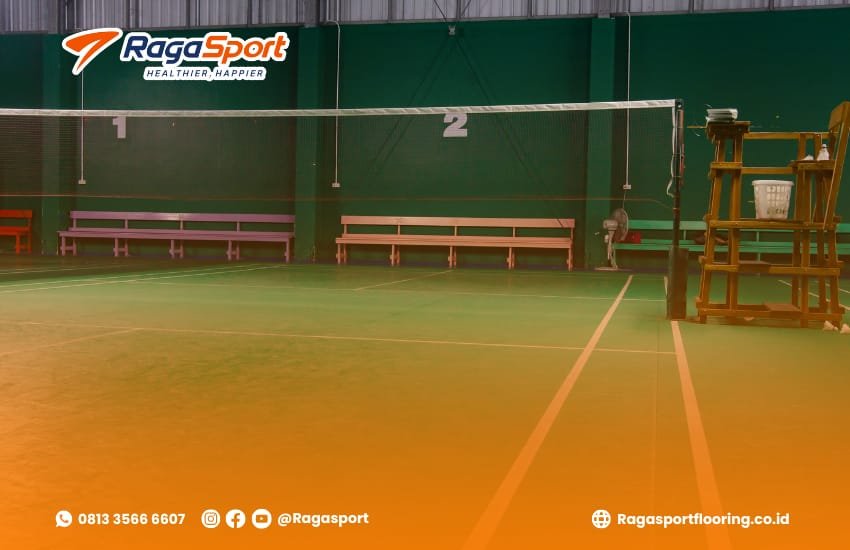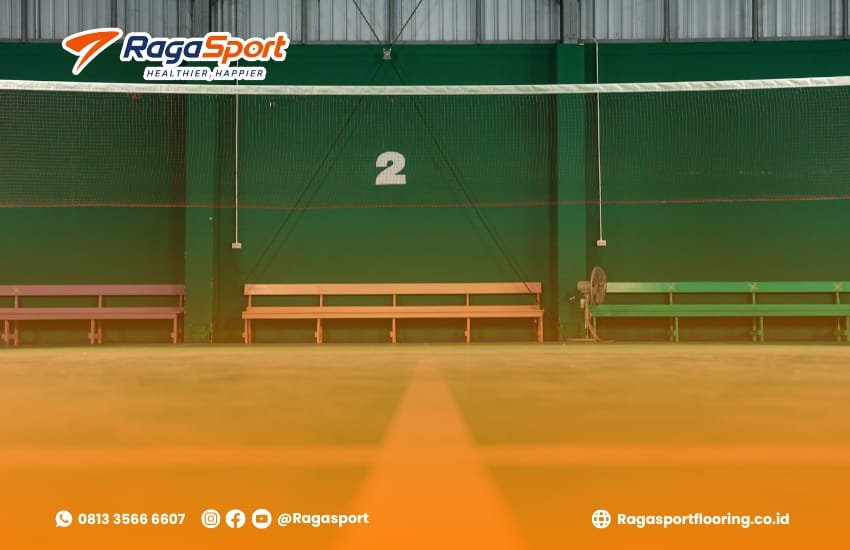Badminton is one of the most popular indoor sports worldwide, attracting both casual players and professional athletes. To support its growing demand, the role of badminton court builders has become increasingly important. Constructing a badminton court is not only about marking lines and installing flooring, but it also involves technical expertise, quality materials, and adherence to international standards. Choosing the right builder can make a significant difference in terms of performance, durability, and player safety.
In this article, we will explore the expertise of professional badminton court builders, the construction process, materials used, and why hiring specialists is essential for building a world-class facility.
Table of Contents
Why Choose Professional Badminton Court Builders?
The construction of a badminton court requires precision and a deep understanding of the sport’s requirements. Professional builders ensure:
- Accurate Dimensions
According to the Badminton World Federation (BWF), a standard court must measure 13.4 meters in length and 6.1 meters in width for doubles play. Builders with experience guarantee exact measurements that comply with international standards. - High-Quality Materials
From wooden flooring to synthetic surfaces, professional builders recommend and use materials that enhance performance while minimizing injury risks. - Durability and Safety
Expert construction ensures the court withstands long-term usage while maintaining optimal safety for players. - Customization
Builders can design courts for schools, sports clubs, recreational centers, or professional arenas, adapting to the client’s specific needs.
The Construction Process of a Badminton Court
Building a badminton court involves several stages, each requiring attention to detail.
1. Site Preparation
The first step is evaluating the location. Builders ensure the site has proper leveling, ventilation, and lighting conditions, especially for indoor courts.
2. Base Construction
A solid foundation is critical. Builders typically use concrete or wooden underlayers to provide stability and shock absorption.
3. Flooring Installation
The choice of flooring determines the court’s performance. Popular options include:
- Wooden Flooring: Provides natural bounce, preferred for professional matches.
- PVC or Synthetic Flooring: Durable and cost-effective, ideal for multipurpose sports halls.
4. Marking and Painting
Lines must be drawn precisely according to BWF guidelines. Professional builders use specialized paint to ensure visibility and long-lasting results.
5. Lighting and Accessories
Good lighting enhances visibility during play. Builders also install net posts, nets, and optional acoustic panels for indoor facilities.
Types of Badminton Courts

Professional builders can construct various types of badminton courts depending on the usage:
- Indoor Badminton Courts
Designed with controlled environments, these courts provide consistent conditions for both training and competitions. - Outdoor Badminton Courts
Built with weather-resistant materials, outdoor courts are suitable for recreational play and community spaces. - Multi-Purpose Courts
Ideal for schools or sports complexes, these courts can accommodate badminton along with other sports like basketball or volleyball.
Materials Used by Badminton Court Builders
Selecting the right materials is essential for performance and durability. The most commonly used include:
- Hardwood: Preferred for professional courts, offering excellent grip and resilience.
- Synthetic PVC: A cost-effective solution with good shock absorption.
- Acrylic Surfaces: Durable, low-maintenance, and suitable for outdoor courts.
Professional builders guide clients to choose the right material based on budget, usage, and long-term maintenance considerations.
Benefits of Hiring Experienced Badminton Court Builders
- Compliance with Standards: Ensures the court meets international guidelines.
- Time Efficiency: Experienced builders complete projects within deadlines.
- Cost-Effectiveness: Professional planning reduces unnecessary expenses.
- Long-Term Value: High-quality construction extends the court’s lifespan, reducing maintenance costs.
Maintenance Tips from Court Builders

Even the best-built courts require maintenance to ensure longevity. Professional builders often provide guidance such as:
- Regular cleaning of the flooring.
- Avoiding heavy furniture or equipment on the court.
- Monitoring humidity and temperature levels in indoor facilities.
- Periodic inspection of lines, nets, and flooring for wear and tear.
Choosing the Right Badminton Court Builder
When selecting a builder, consider these factors:
- Portfolio and Experience: Review past projects and client feedback.
- Material Quality: Ensure the builder uses certified materials.
- Customization Options: Builders should adapt to your budget and design preferences.
- After-Sales Support: Reliable builders offer maintenance and consultation services post-construction.
Conclusion
Investing in a professional badminton court is essential for schools, clubs, and sports facilities aiming to provide safe and high-quality playing environments. By hiring experienced badminton court builders, you ensure that your facility meets international standards, offers durability, and delivers long-term value. From flooring to lighting, every detail contributes to a court that enhances both performance and player satisfaction.
Need assistance with court construction services?

If you are looking for professional badminton court builders who prioritize quality and precision, trust the experts at Raga Sport. We provide world-class sports facility construction tailored to your needs.
👉 Learn more about our construction services
📞 Contact us directly via WhatsApp

